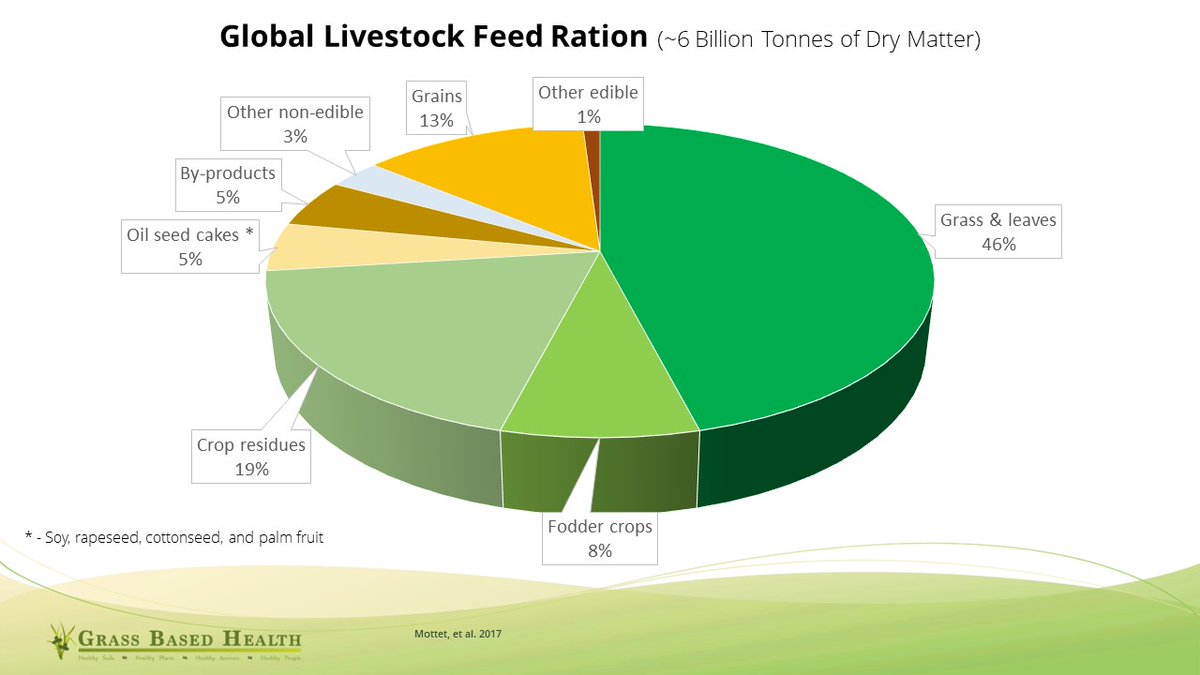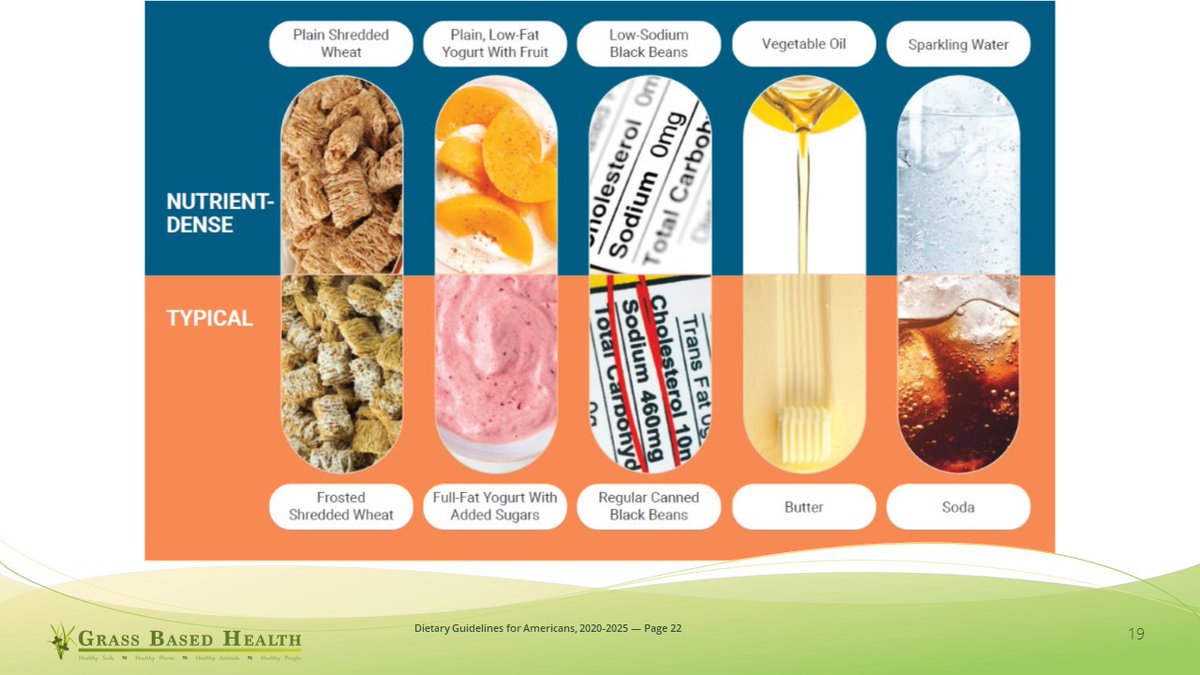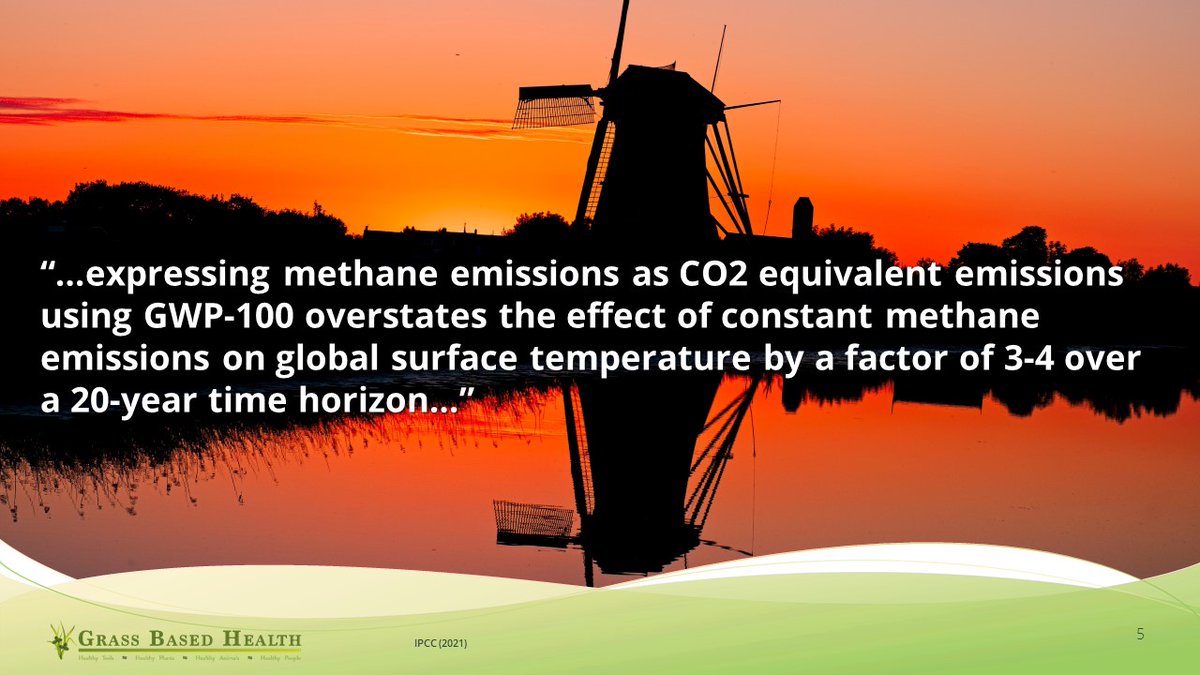Real World vs biophobic #TechnoUtopianists.
1a
"Livestock are critical for sustainable development yet often overlooked. The world’s cows, sheep, goats, pigs, poultry and other farm animals are the mainstay of livelihoods across the developing world. ... "
@SimmonsBart
1a
"Livestock are critical for sustainable development yet often overlooked. The world’s cows, sheep, goats, pigs, poultry and other farm animals are the mainstay of livelihoods across the developing world. ... "
@SimmonsBart

1b
"... And the energy and nutrient-dense milk, meat and eggs these animals produce provide hundreds of millions of families in the world’s poorer countries with basic livelihoods, incomes, food and nutrition."
whylivestockmatter.org
"... And the energy and nutrient-dense milk, meat and eggs these animals produce provide hundreds of millions of families in the world’s poorer countries with basic livelihoods, incomes, food and nutrition."
whylivestockmatter.org

2a
"Globally, livestock contribute about 40% of agricultural GDP and provide livelihoods and incomes for at least 1.3 billion people worldwide. ... "
whylivestockmatter.org/economic-oppor…
"Globally, livestock contribute about 40% of agricultural GDP and provide livelihoods and incomes for at least 1.3 billion people worldwide. ... "
whylivestockmatter.org/economic-oppor…

2b
"... However, despite its economic importance, livestock receive just a small fraction of official development assistance to all of agriculture. With more investment, livestock production can be the economic driver for millions throughout the developing world."
"... However, despite its economic importance, livestock receive just a small fraction of official development assistance to all of agriculture. With more investment, livestock production can be the economic driver for millions throughout the developing world."

3a
"A balanced, nutritious diet is essential to good global health and all of the related benefits that this brings. While huge progress has been made in reducing hunger, 2 billion people globally are still not getting all the nutrients they need. ... "
whylivestockmatter.org/nutrition/
"A balanced, nutritious diet is essential to good global health and all of the related benefits that this brings. While huge progress has been made in reducing hunger, 2 billion people globally are still not getting all the nutrients they need. ... "
whylivestockmatter.org/nutrition/

3b
"... Poor diets impair physical and cognitive development, preventing people, communities and countries from reaching their full potential."
whylivestockmatter.org/nutrition/
"... Poor diets impair physical and cognitive development, preventing people, communities and countries from reaching their full potential."
whylivestockmatter.org/nutrition/

3c
"Ensuring access to animal-source foods (ASFs) is a powerful way to ensure the world’s poorest can improve their diet, either through the animals they raise or the income they receive from them."
whylivestockmatter.org/nutrition/
"Ensuring access to animal-source foods (ASFs) is a powerful way to ensure the world’s poorest can improve their diet, either through the animals they raise or the income they receive from them."
whylivestockmatter.org/nutrition/

4a
"The health of animals and humans are intrinsically linked. Addressing animal diseases can directly improve human health, particularly in the developing world. ... "
whylivestockmatter.org/health/
"The health of animals and humans are intrinsically linked. Addressing animal diseases can directly improve human health, particularly in the developing world. ... "
whylivestockmatter.org/health/

4b
"... Livestock also indirectly contribute to health goals by supporting better livelihoods and therefore better dietary, educational and health choices."
whylivestockmatter.org/health/
"... Livestock also indirectly contribute to health goals by supporting better livelihoods and therefore better dietary, educational and health choices."
whylivestockmatter.org/health/

5a
"Compared to other wealth and income opportunities, livestock are inflation-proof, self-perpetuating assets that women can own and benefit from. In addition to wealth accumulation, they provide income and nutritious food for their families."
whylivestockmatter.org/gender/
"Compared to other wealth and income opportunities, livestock are inflation-proof, self-perpetuating assets that women can own and benefit from. In addition to wealth accumulation, they provide income and nutritious food for their families."
whylivestockmatter.org/gender/

5b
"While women assume much of the responsibility for raising livestock in many developing countries, they often face financial and cultural barriers to maximising this potential. ..."
whylivestockmatter.org/gender/
"While women assume much of the responsibility for raising livestock in many developing countries, they often face financial and cultural barriers to maximising this potential. ..."
whylivestockmatter.org/gender/

5c
"... By investing in women farmers, women, their families and communities can benefit."
whylivestockmatter.org/gender/
"... By investing in women farmers, women, their families and communities can benefit."
whylivestockmatter.org/gender/

6a
"Livestock systems vary greatly around the world and can enhance or harm the environment depending on how they are managed. Livestock and environment interactions include climate change, water and land use, nutrient recycling, and biodiversity."
whylivestockmatter.org/climate-enviro…
"Livestock systems vary greatly around the world and can enhance or harm the environment depending on how they are managed. Livestock and environment interactions include climate change, water and land use, nutrient recycling, and biodiversity."
whylivestockmatter.org/climate-enviro…

6b
"Livestock play a key role in the bio-economy by increasing the value of crop residues and agricultural by-products. Context-specific livestock production practices can be developed to maximize the synergies between livestock and the environment."
whylivestockmatter.org/climate-enviro…
"Livestock play a key role in the bio-economy by increasing the value of crop residues and agricultural by-products. Context-specific livestock production practices can be developed to maximize the synergies between livestock and the environment."
whylivestockmatter.org/climate-enviro…

• • •
Missing some Tweet in this thread? You can try to
force a refresh





















